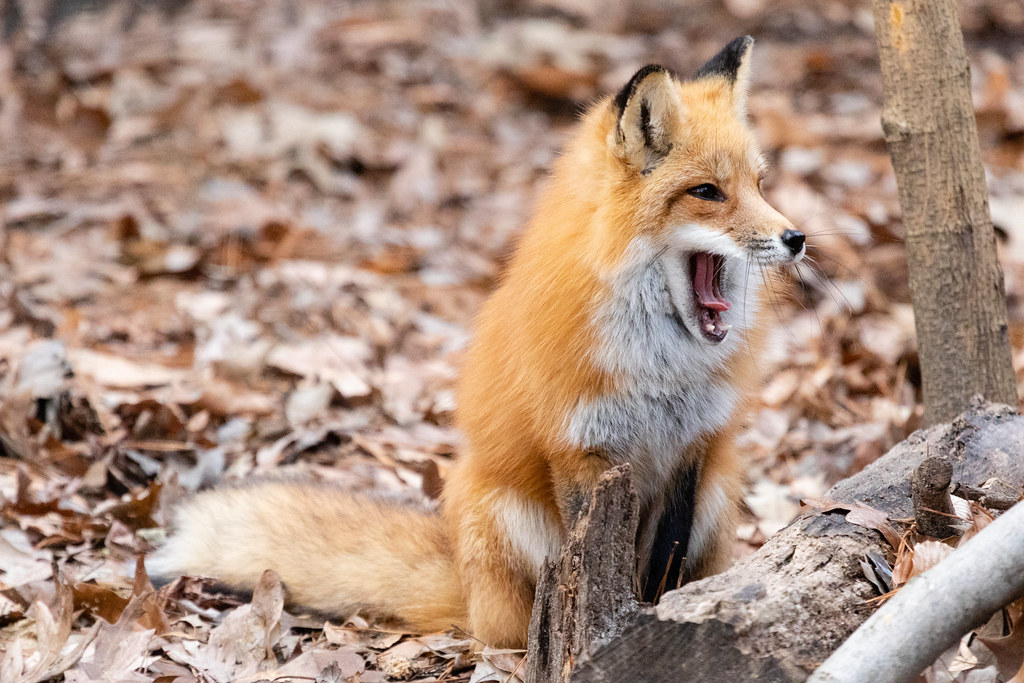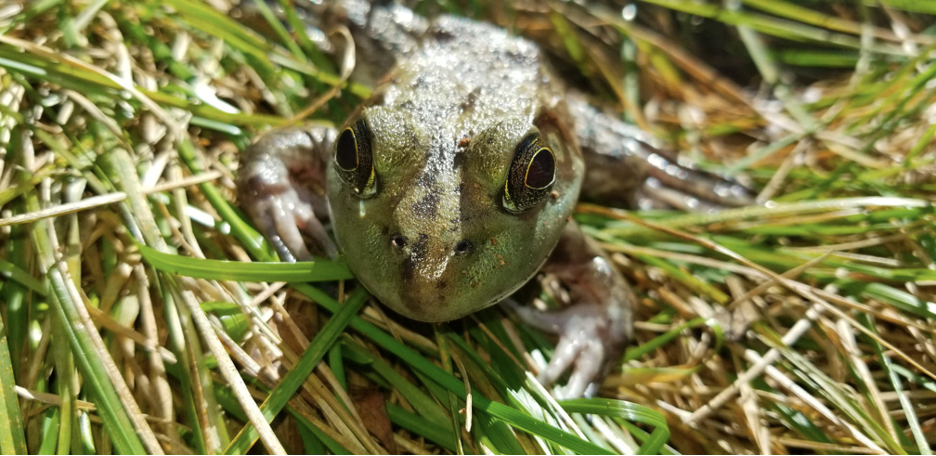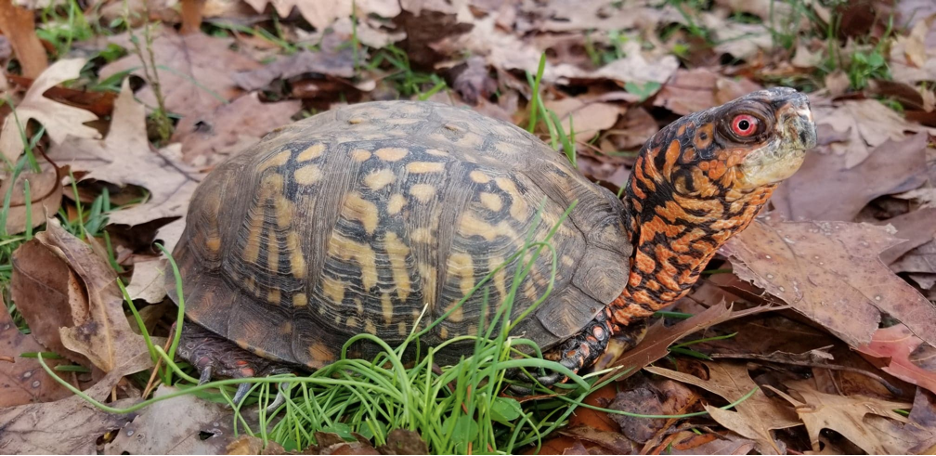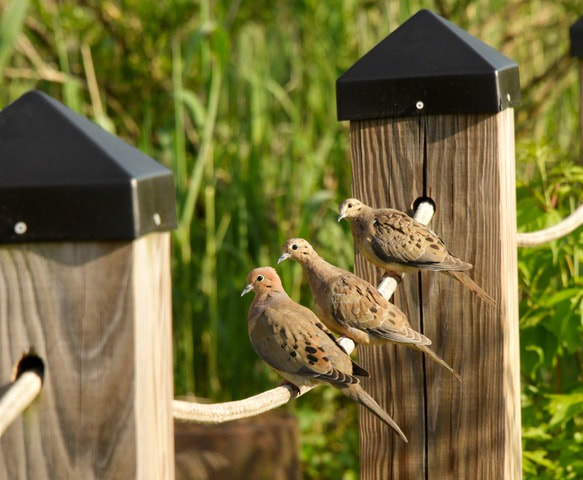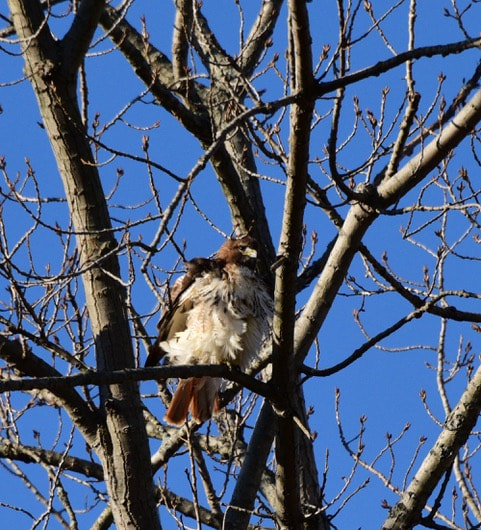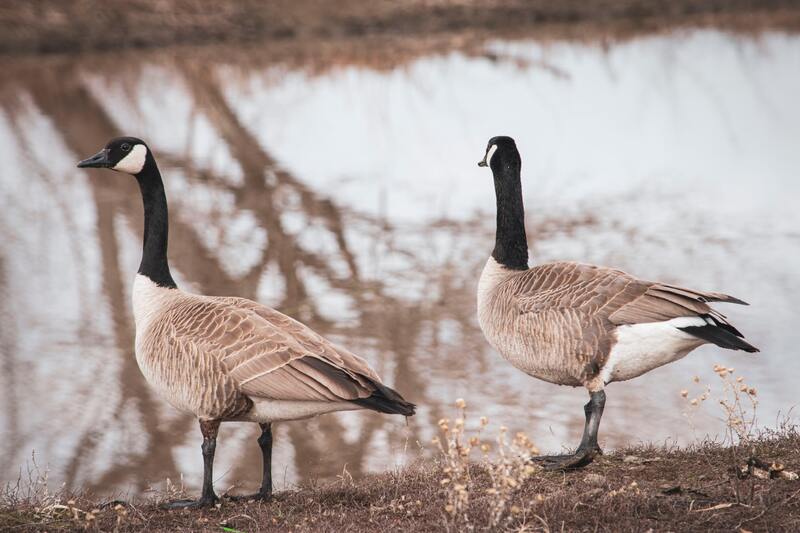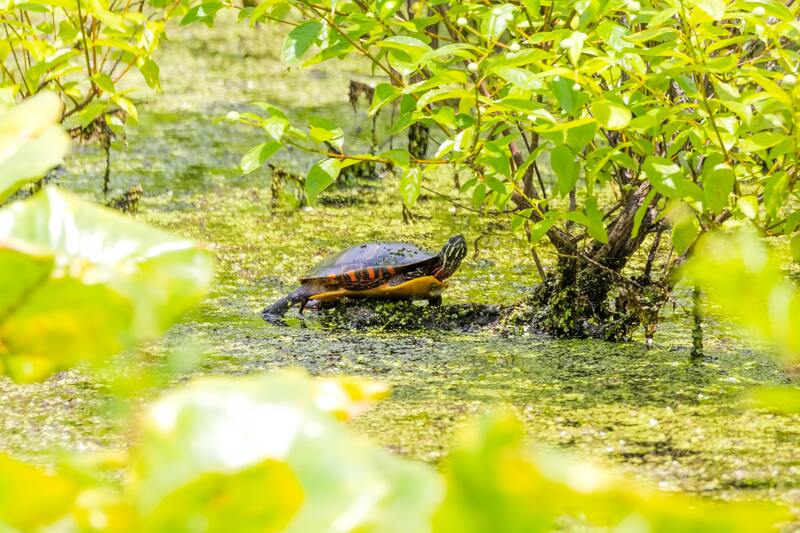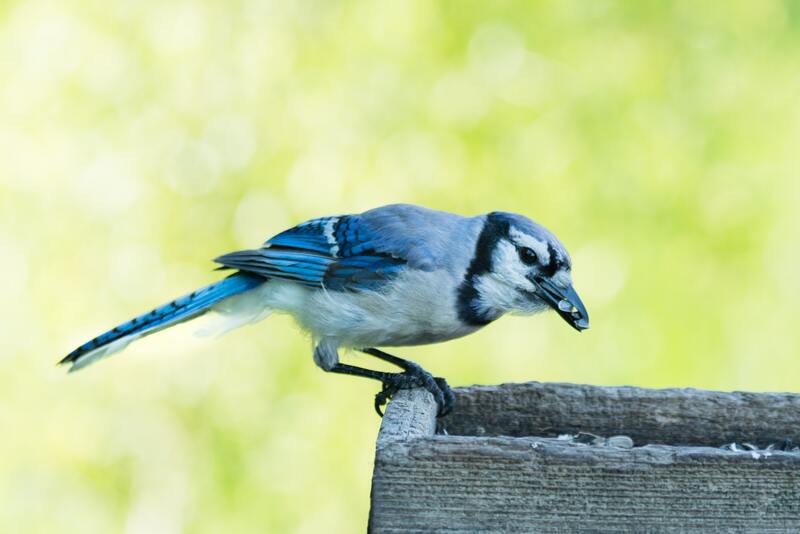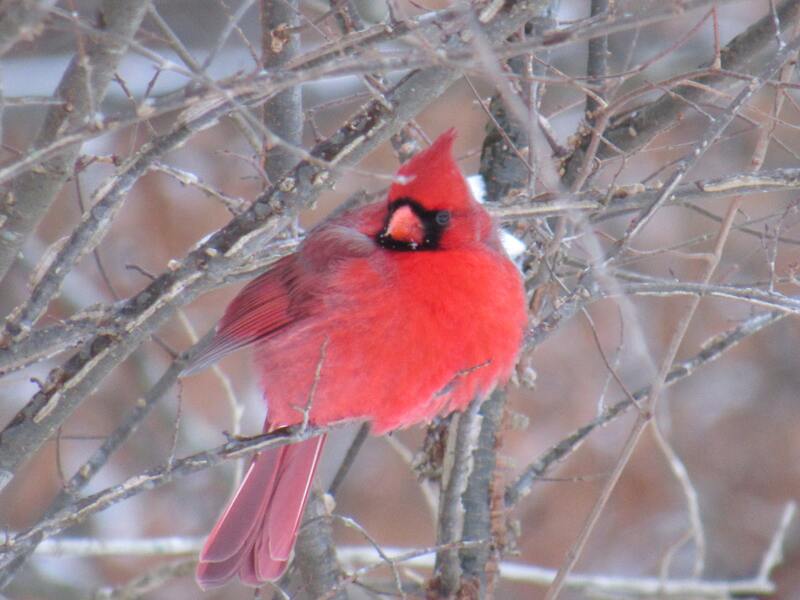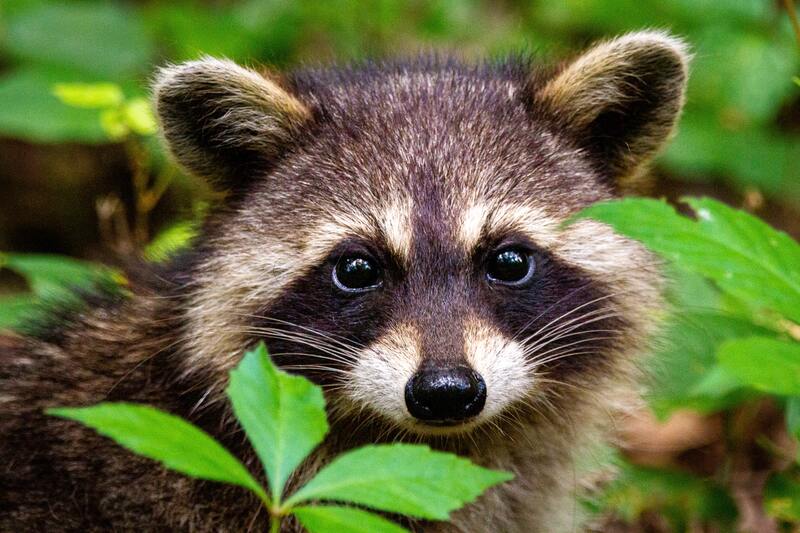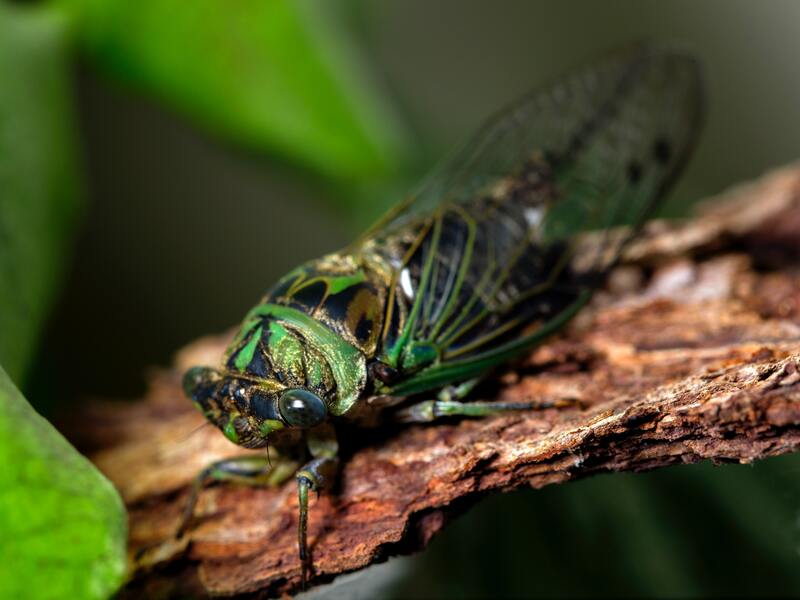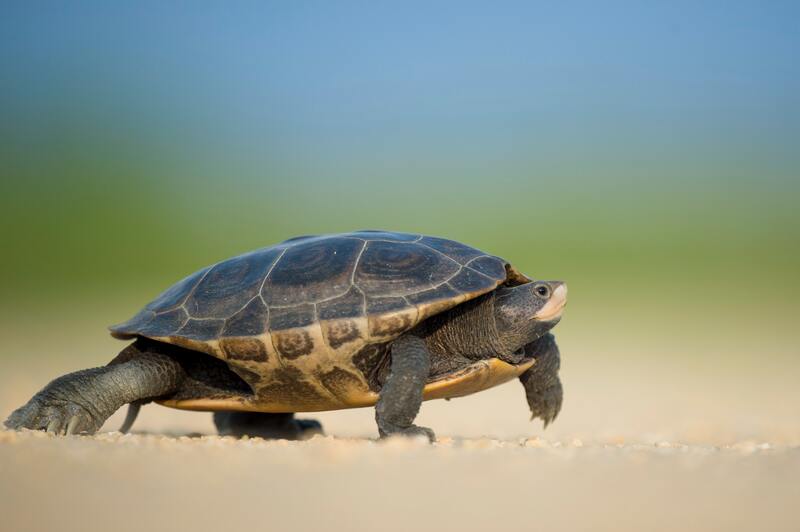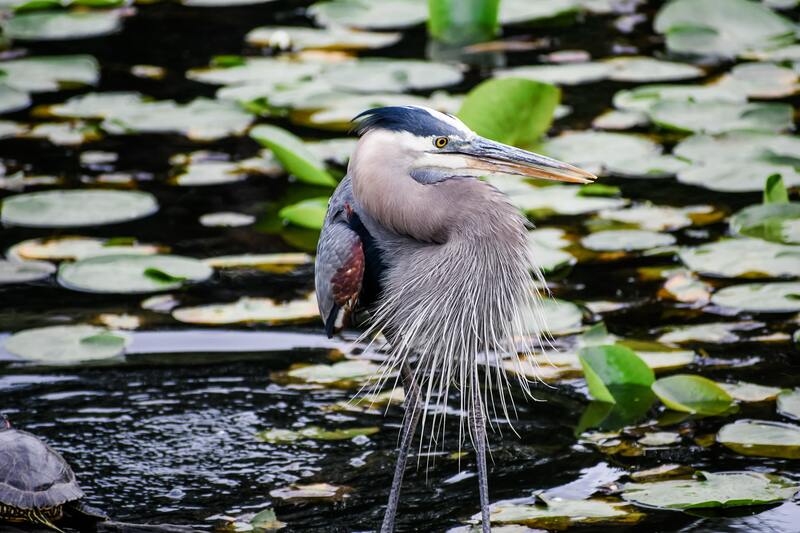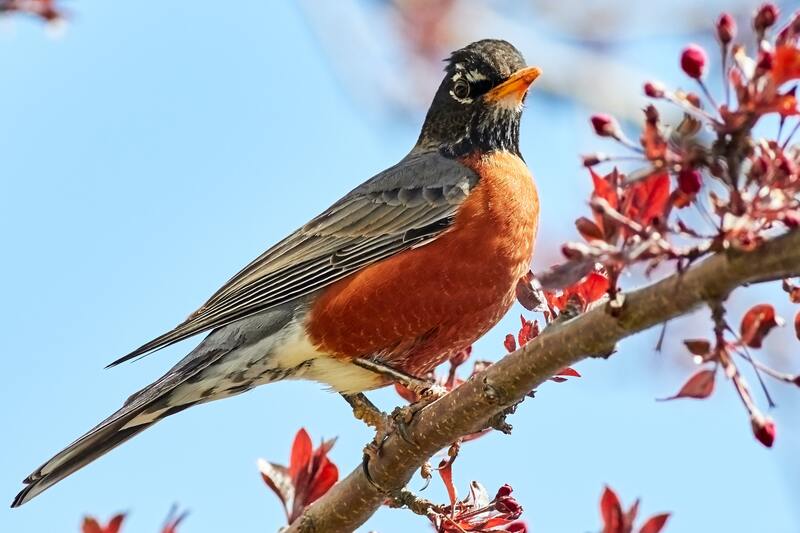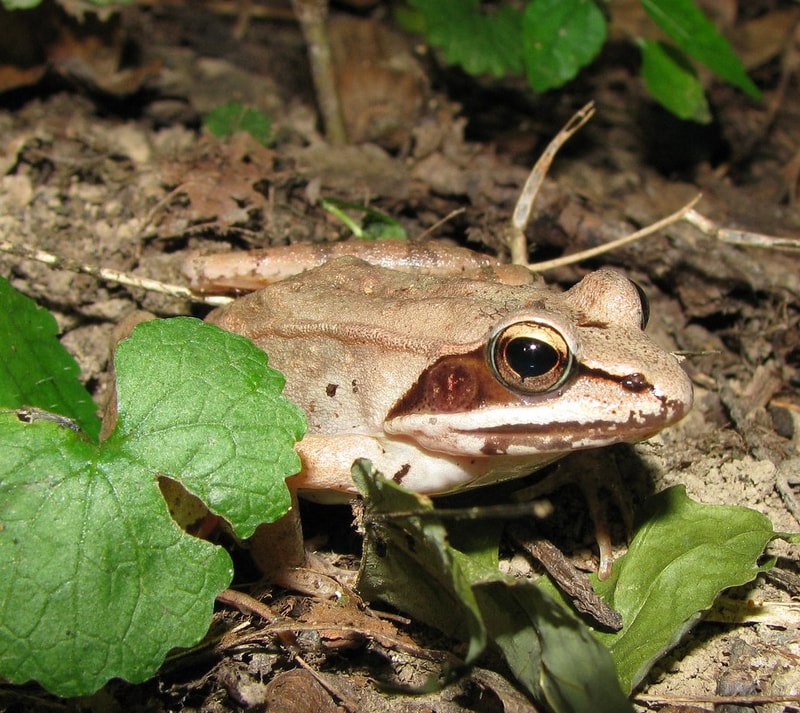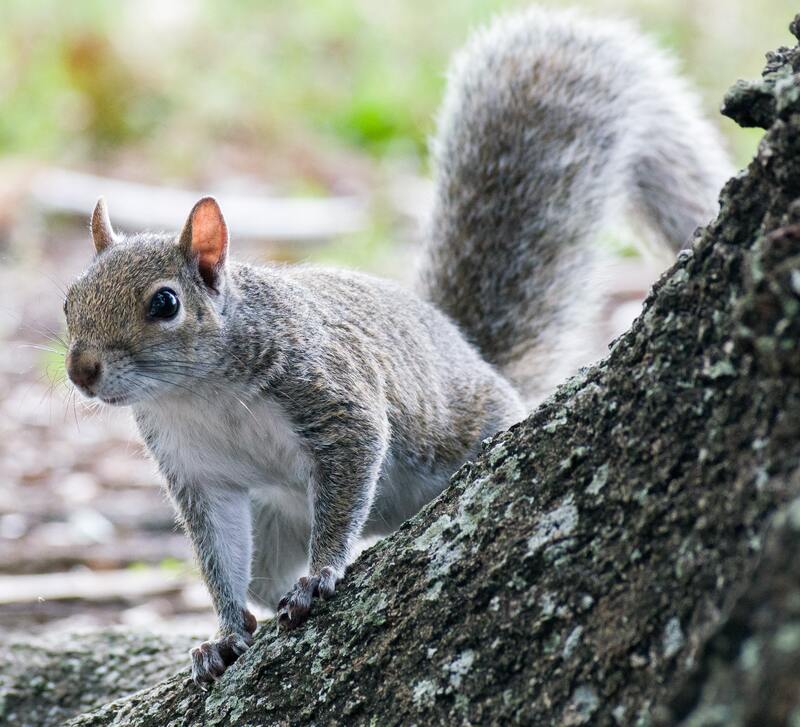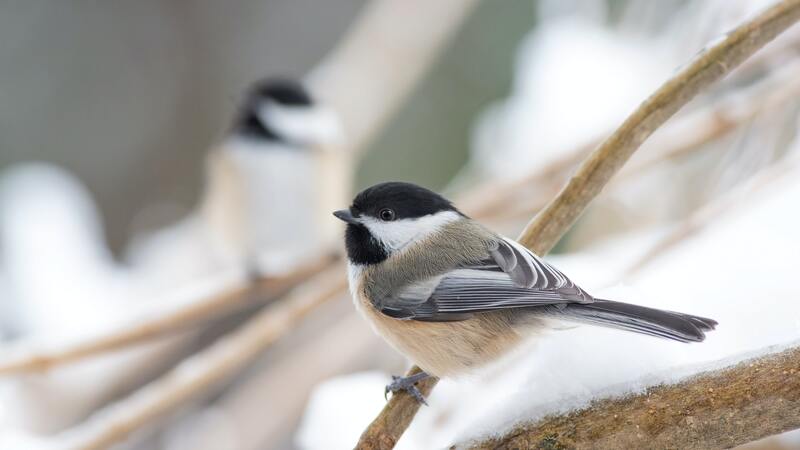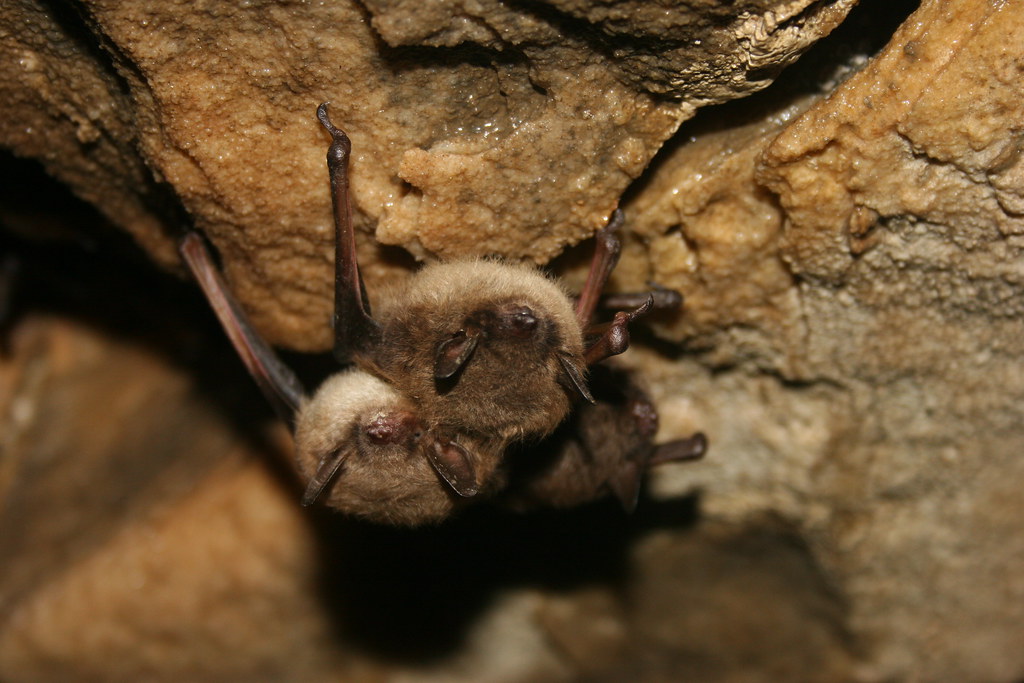Can You Guess Who's Who?
Can you guess the names of local wildlife pictured below? CLICK on an image for the answer and fun-facts about the species!
See if you can find any of these animals on your next nature walk around Alley Pond Park.
See if you can find any of these animals on your next nature walk around Alley Pond Park.
The environmental center is located in Alley Pond Park, surrounded by lush nature trails where visitors can enjoy NYC's natural landscapes. Guests are welcome to attend one of APEC's many nature oriented programs for all ages and visit the center's animal ambassadors. Please explore our website to learn more and register for programs.
Follow our journey on social media:
|
229-10 Northern Blvd.
Douglaston, NY 11362 |
MAIN: (718) 229-4000
|
Email Us
[email protected] |

